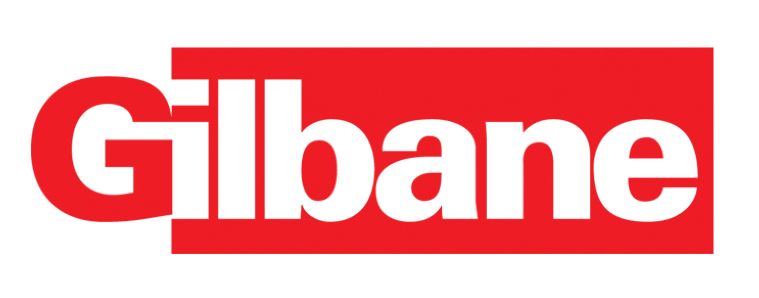Gilbane Building Company announced the promotion of two new executive vice presidents to its leadership team. Dennis Cornick and Thomas Laird have joined Gilbane's executive ranks to further the company's efforts toward continued growth both domestically and internationally.
A 22-year veteran of Gilbane, Dennis Cornick has been named executive vice president and national director of sales and marketing. In this position, he will help drive the growth of the organization and set strategies to complement Gilbane's operational excellence efforts.
Cornick has a long track record of success at both the regional and national levels. He has served as a senior vice president and national
director of sales and marketing for the last several years. As an EVP, Cornick will continue to champion a robust one-company approach to sales and national accounts.
Thomas Laird has also been promoted to executive vice president. Laird will continue to be responsible for Gilbane's Central region, which has
enjoyed significant growth under his leadership, and will now also assume operational responsibility of the Midwest and Delaware Valley regions as well as Gilbane's CAT Response consulting service.
Laird is a 27-year veteran of Gilbane who joined the company as a management trainee in 1986 and progressed through a number of
construction operations and leadership assignments, including regional manager of business development in the Mid-Atlantic Region, district manager in the Cleveland office and vice president, regional manager of Gilbane's Central region and senior vice president. +
Related Stories
Architects | Jun 24, 2019
Clayco combines architecture and design assets into one business unit
Lamar Johnson Collaborative adds BatesForum.
Architects | Jun 14, 2019
Making public facilities more public
Municipal facilities must strike a delicate balance between openness and security.
Architects | Jun 4, 2019
Big design, small budget: These are the best small projects for 2019
Bjarke Ingels Group's prototype mountainside cabin and Fieldwork's forest pedestrian bridges are among 12 projects honored by AIA's Small Project Practitioners group.
Architects | Apr 26, 2019
Designing for the final frontier: Space architecture
Colonizing Mars is an exciting possibility in the not-too-distant future, and architects will play a vital role in making it a reality, despite the plethora of challenges that need to be overcome.
Architects | Apr 12, 2019
Bipartisan 'Invest in America Act' gains industry support
The bill would attract as much as $125 billion investment for buildings, infrastructure.
Office Buildings | Apr 8, 2019
It’s time for office amenities to get to work
Amenities with the greatest impact on effectiveness and experience are those that directly support the work needs of individual employees and their teams.
Industry Research | Apr 8, 2019
New research finds benefits to hiring architectural services based on qualifications
Government agencies gain by evaluating beyond price, according to a new Dodge survey of government officials.
Architects | Mar 17, 2019
HMC Architects sets up a ‘design lab’ to explore new ideas
The goal is for project team members to collaborate earlier to inspire innovation.
Architects | Mar 12, 2019
Thrown a curve: Fitting a restaurant into spherical dome was the design challenge for Willmott’s Ghost
The Seattle eatery nests inside the conservatories on Amazon’s massive campus.

















